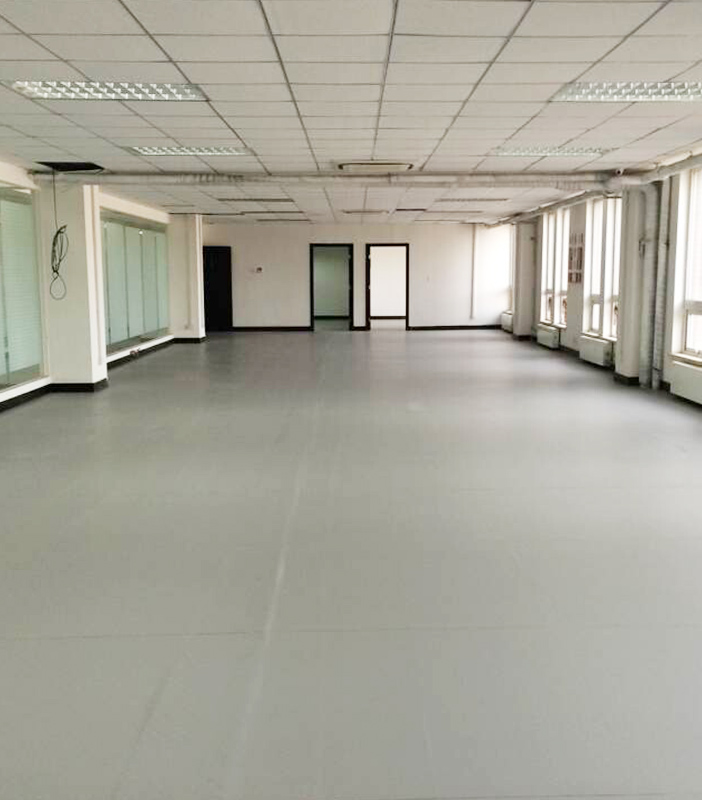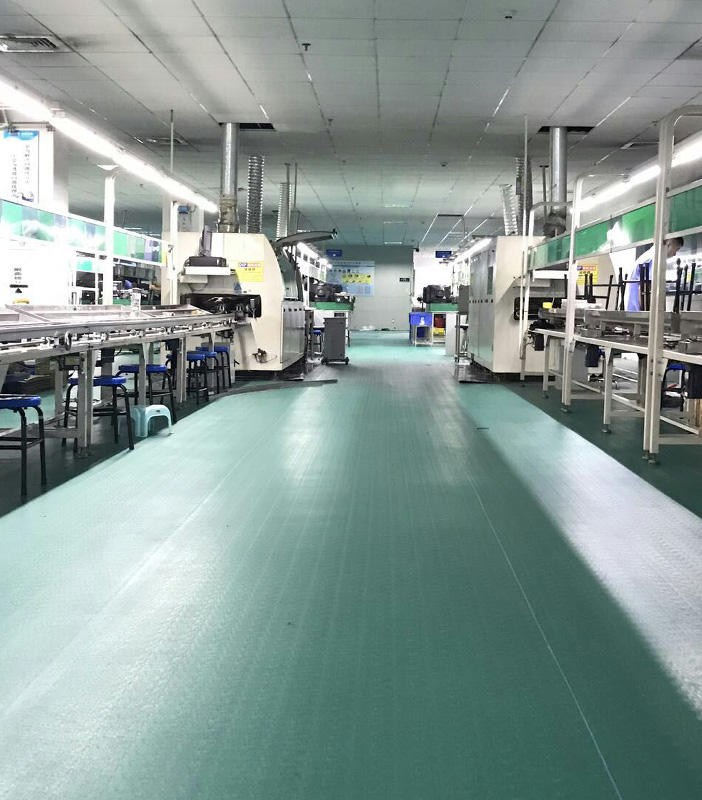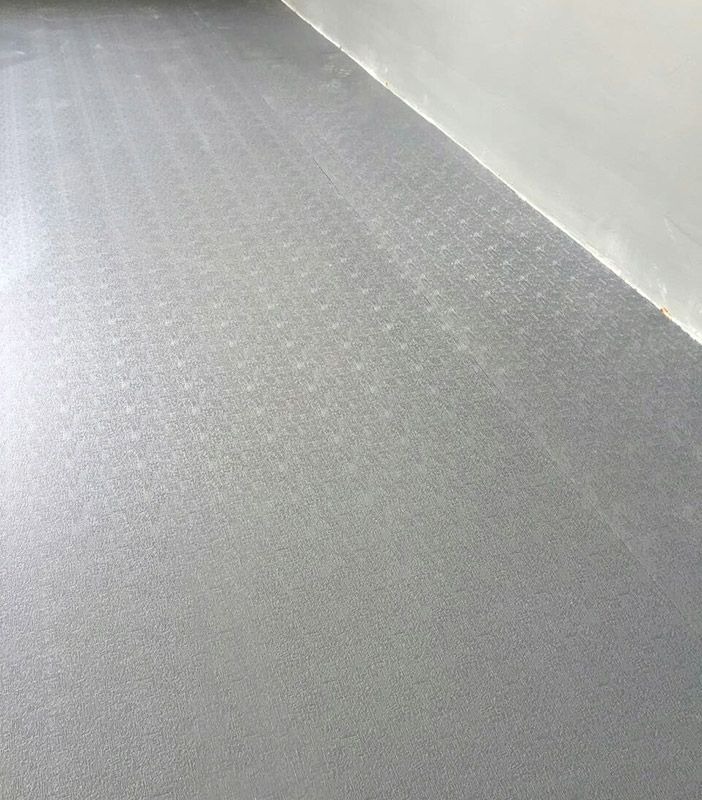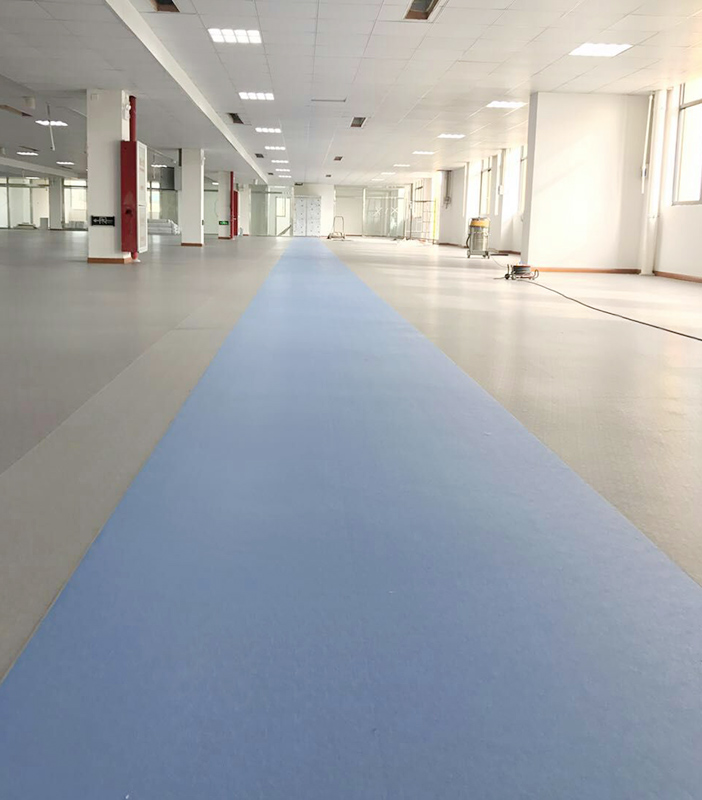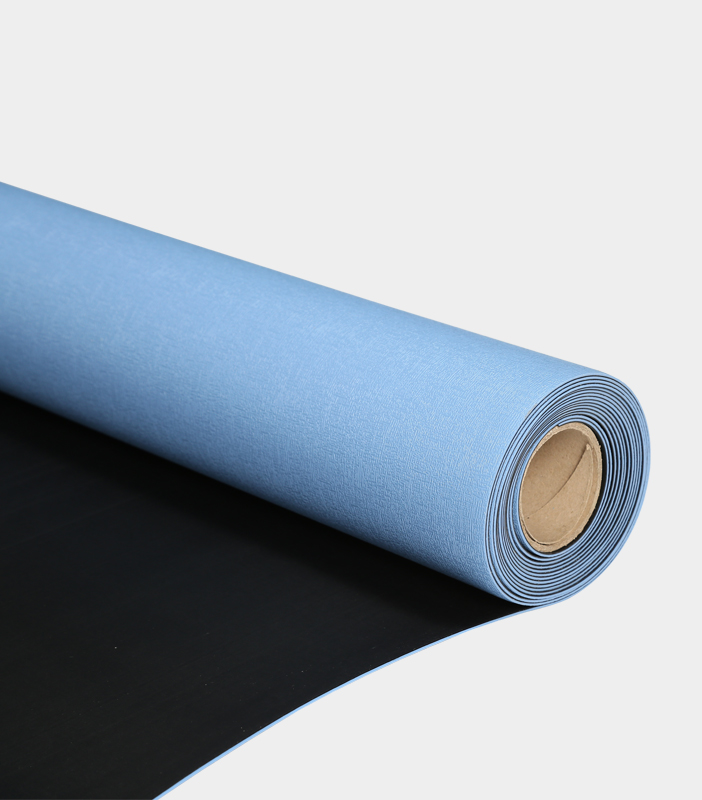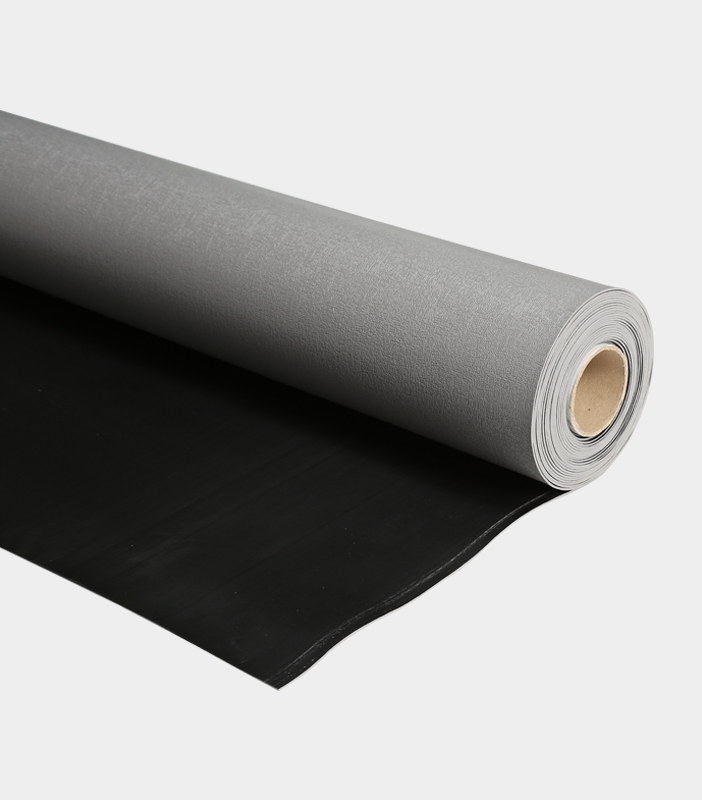China Custom ESD Rubber Mat Maker Manufacturing Producer
Electrostatic discharge (ESD) is a common phenomenon that occurs when there is a sudden flow of electricity between two objects with different electrical charges. In industrial and manufacturing environments, ESD can serious consequences, including damage to sensitive electronic components and equipment. To combat this issue, ESD rubber mats have been developed. This article will discuss the importance of ESD rubber mats, their properties, and how they contribute to a safer and more efficient workplace.
Understanding Electrostatic Discharge:
Causes and Effects: ESD occurs when two objects with different electrical charges come into contact or proximity. The discharge can be as simple as a person touching a metal object after walking across a carpet, or as complex as the static build-up in a manufacturing facility. The effects of ESD can range from minor irritations to severe damage to electronic devices.
The Importance of ESD Control: In industries such as electronics manufacturing, data storage, and aerospace, ESD control is crucial. Uncontrolled ESD can product failure, increased costs, and compromised safety.
Properties of ESD Rubber Mats:
Conductive Materials: ESD rubber mats are made from materials that are designed to dissipate static electricity safely and effectively. These materials include carbon black, which is mixed with rubber to create a conductive surface.
Surface Resistance: The mats are engineered to have a specific surface resistance that allows for the controlled discharge of static electricity. This resistance is measured in ohms and is a critical factor in determining the effectiveness of the mat.
Durability: ESD rubber mats are designed to be durable and long-lasting. They can withstand heavy foot traffic and are resistant to wear and tear, making them suitable for use in busy industrial environments.
Applications of ESD Rubber Mats:
Workstations: ESD mats are commonly used at workstations where sensitive electronic components are handled. They provide a grounded surface that helps to prevent the buildup of static electricity.
Assembly Lines: In manufacturing settings, ESD mats can be placed on assembly lines to ensure that static electricity is dissipated as products are being assembled.
Cleanrooms: In environments where cleanliness and static control are paramount, such as cleanrooms, ESD rubber mats are essential to maintain a safe and controlled environment.
Maintenance and Use of ESD Rubber Mats:
Proper Grounding: For ESD rubber mats to be effective, they must be properly grounded. This is typically done using a grounding cord that connects the mat to a grounding point.
Regular Inspection: It is important to regularly inspect ESD mats for signs of wear or damage. Damaged mats can lose their effectiveness and should be replaced.
Cleaning: ESD mats should be cleaned regularly to remove dirt and debris that can interfere with their ability to dissipate static electricity. Special cleaning solutions and methods should be used to avoid damaging the mat's surface.
ESD rubber mats play a vital role in the prevention of electrostatic discharge in various industrial settings. By providing a conductive surface that can safely dissipate static electricity, these mats help to protect sensitive equipment and ensure the safety of workers. Proper installation, maintenance, and use of ESD rubber mats are essential for their effectiveness in controlling ESD and maintaining a productive and safe work environment.

 简体中文
简体中文 English
English España
España Deutsch
Deutsch